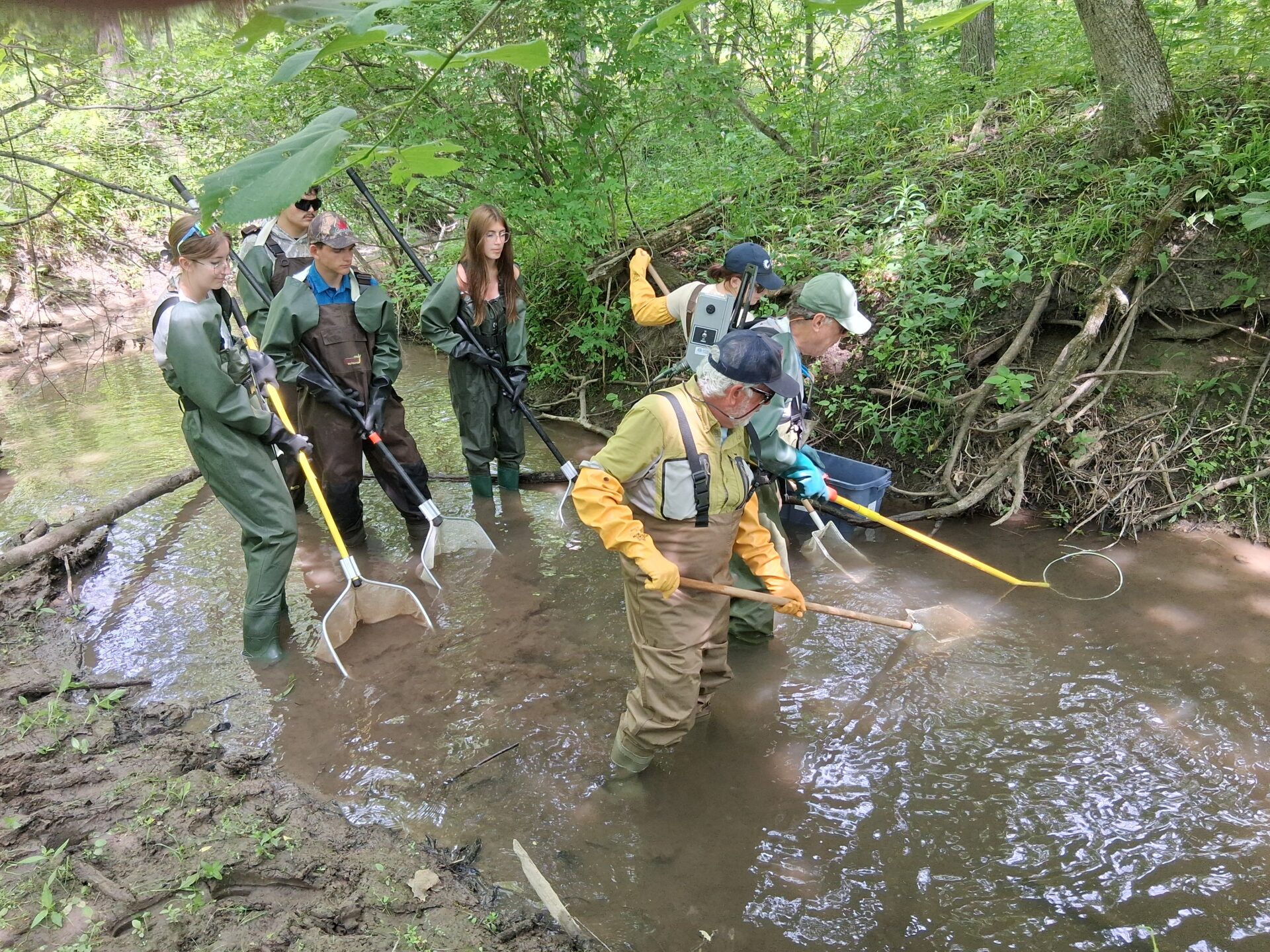Students from Pauline Johnson School’s e3 class joined conservationists for an electro-fishing survey of Brantford’s D’Aubigny Creek on Monday, June 16, 2025.
Around 17 students and their teachers, Melanie Kraemer and Shawn Devine, teamed up with Sara Jose, Conservation Project Coordinator for Freshwater Conservation Canada; Larry Halyk, a retired biologist with the Ontario Ministry of Natural Resources; Larry Mellors, a local fishing guide and trout expert; and two Brant For Nature representatives for the hands-on learning experience.
“Some of the best education is being able to give these kids the opportunity to do some field work in their own community because it makes what they’re learning real; they’re doing real work and collecting real data, and so I think it compliments their experiential learning, while also learning the values of good citizenry,” said Tom Sitak, President of Brant for Nature and a retired teacher of the e3 class. “They also got to learn all about biology and ecology by studying a freshwater ecosystem because they were able to see all of the fish that we captured, identified, and measured, so in that respect, it’s a really good science activity.”
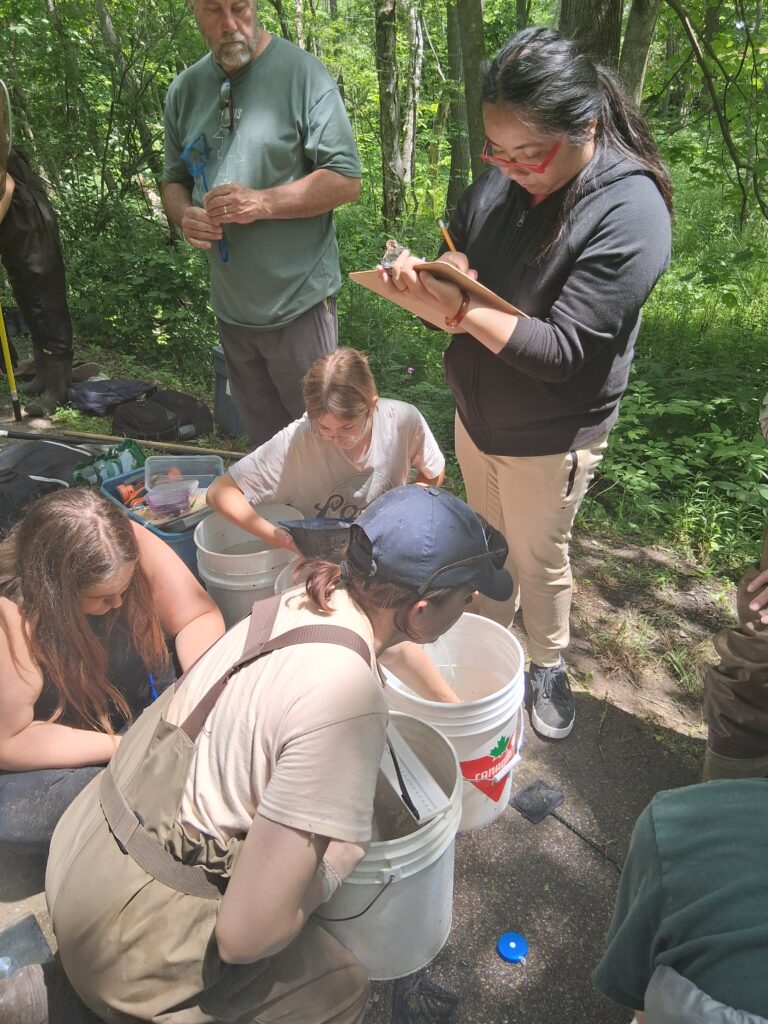
The survey, which previously took place in 2003, 2009 and 2014, aimed to assess the local trout population within the creek to see if the numbers were changing.
“D’Aubigny Creek is a cold water stream, which is a rare occurrence given that it’s running through an urban area in southern Ontario. So, we were at the headwaters, right up near Shellards Lane, because that is where the cold water is, and it’s fed from groundwater that flows out from underneath the Norfolk sand plain,” said Sitak. “Now, the temperature of the water is crucial for trout survival, because the colder the temperature, the higher the oxygen concentration, right? So one of the things we’re really, really worried about, and even the experts from Freshwater Conservation Canada iterated this, is in the summertime, when the sun’s beating down and it’s really, really hot outside, that creek has to stay well below 20 degrees Celsius because if it goes above that temperature, then the fish suffocate.”
Sitak said that in order to complete the survey, the group were using electrofishing equipment in two different locations.
“It’s a special backpack wand-like apparatus that is battery operated, and when the wand is in contact with the water and the electricity is turned on, it sends a direct current pulse into the water,” he explained. “There’s minerals in the water that will conduct the current, and it’s adjusted to the right amount of voltage so that the fish are just temporarily stunned and allows us to capture them, but you have to be quick, because they’re only stunned for a few seconds.”
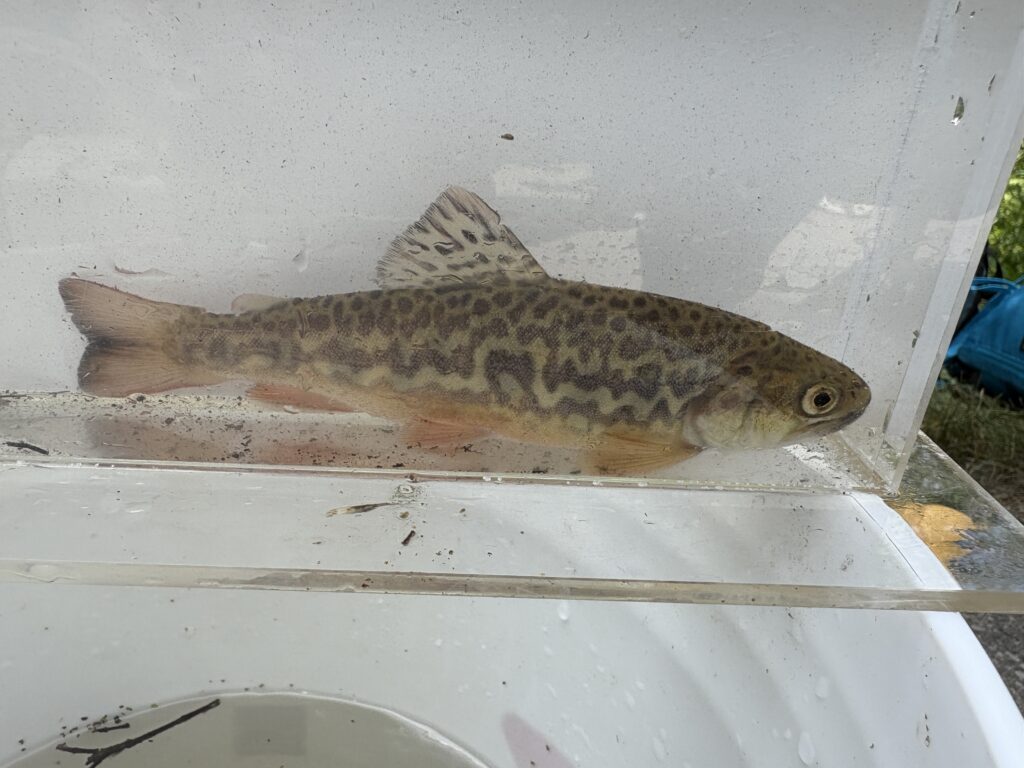
From there, the group transferred the fish to a recording station where they were identified and measured, and the results were tabulated according to what species were found there, and what size or age the fish were.
The retired teacher said that this year’s survey findings were particularly exciting.
“One of the species that we were very excited about was the brook trout population, because according to the experts from Freshwater Conservation Canada, that is a 5,000 year old native brook trout population and we would really hate to see that disappear,” said Sitak. “We also found a lot of brown trout this time, which is good because the brown trout is also a sign that the cold water in the creek is doing well at that location. We also captured a tiger trout, which is a rare occurrence because it’s actually a cross between a brown trout and a brook trout. Now, that species is infertile, so once it’s born, it can’t reproduce itself but it was a pretty cool thing to find.”
He said that overall, the group discovered that the brook trout have been sustaining themselves.
“We got the same numbers we got in 2014, and pretty much the same numbers we got dating back to 2003 as far as brook trout go. Even better is, we found a big spike this time in the brown trout population,” said Sitak. “There’s also a cold water species called sculpin, which is a unique little type of minnow fish that lives at the bottom of the creek. They’re also a cold water species, so their populations disappear if the water is not cold enough, but we found a spike in their population as well this time too.”
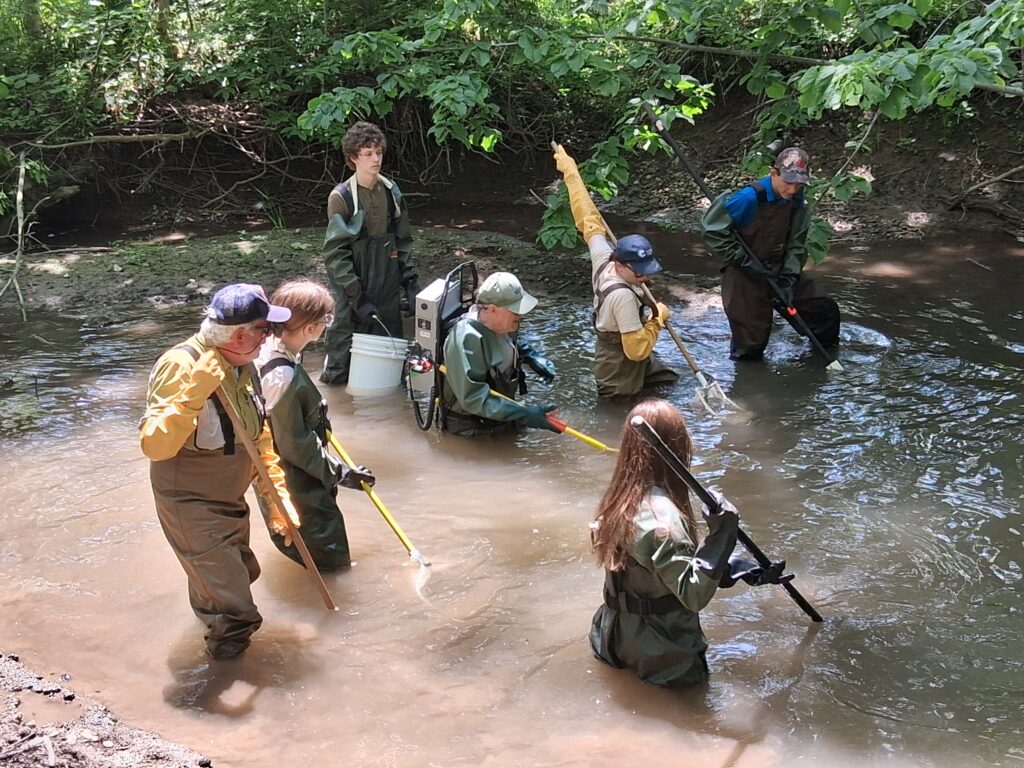
While Sitak said these were all good signs, it doesn’t mean that the populations couldn’t change.
“One of the reasons why we wanted to do this now, is to shed some light on this natural area and to show how special it is because there’s a proposal to put a housing development right on top of the cold-water tributaries and right beside the provincially significant wetlands in this area,” he said.
“With housing developments, you’re putting hard surfaces over an area that normally absorbs water. Those hard surfaces run into stormwater management ponds, and those ponds are open to the air, so they basically just heat the water and then that gets slowly filtered into the creek, warming the water and hurting the fish population,” continued Sitak. “Also, with urban development comes pollution runoff over the hard surfaces; so that’s salt on the roads, fertilizers, and pesticides that people use on their lawns and gardens. There’s also erosion that occurs during the construction phase of the development, and all of that could potentially impact the water quality in the creek.”
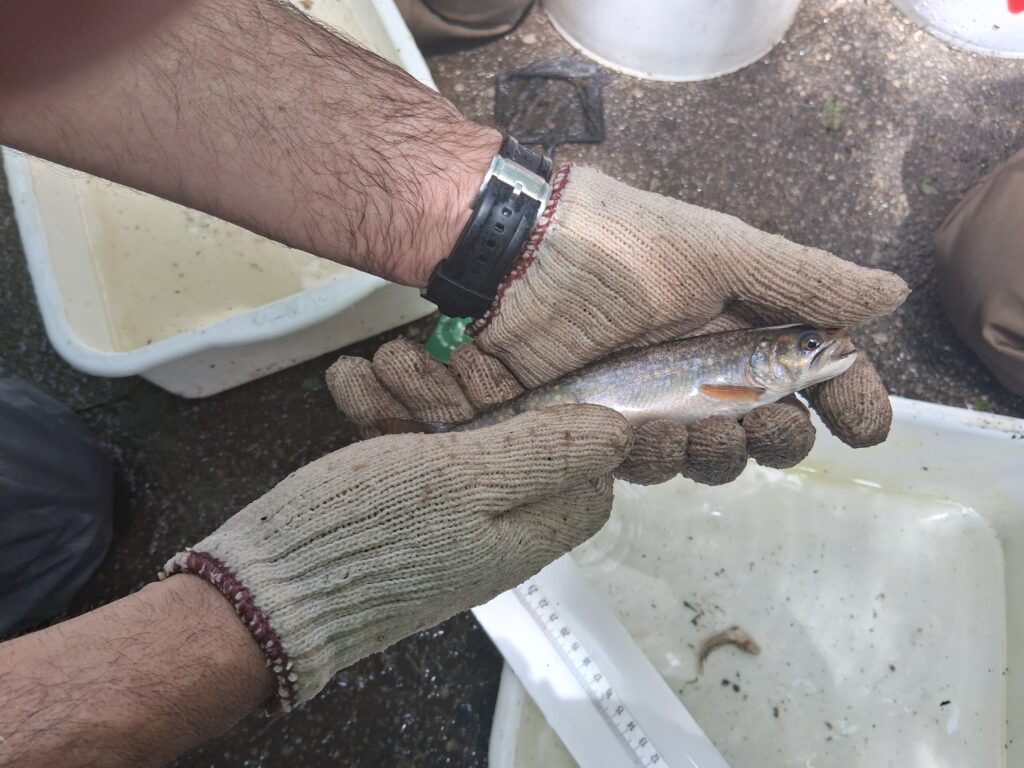
Given that the area is currently designated by the City of Brantford as a core natural area, Sitak said they’re hoping the development will be reconsidered.
“We’re really just asking that the City, the developer and everyone involved, that they keep it as a core natural area,” he said. “There’s already guidelines in place to protect it, and there’s guidelines in place to protect the provincially significant wetlands, and so we’re just asking them to uphold those things and not change it, so hopefully that’s what will happen.”
Sitak said that because these types of natural areas all contribute to mitigating things like climate change, he also encouraged residents to use their voices and stand up for the area.
“They can do that by emailing their ward councillors, and ultimately, emailing the City’s Planning Department, saying, ‘this is an area we would like protected from development,’” he concluded.
Kimberly De Jong’s reporting is funded by the Canadian government through its Local Journalism Initiative.The funding allows her to report rural and agricultural stories from Blandford-Blenheim and Brant County. Reach her at kimberly.dejong@brantbeacon.ca.
